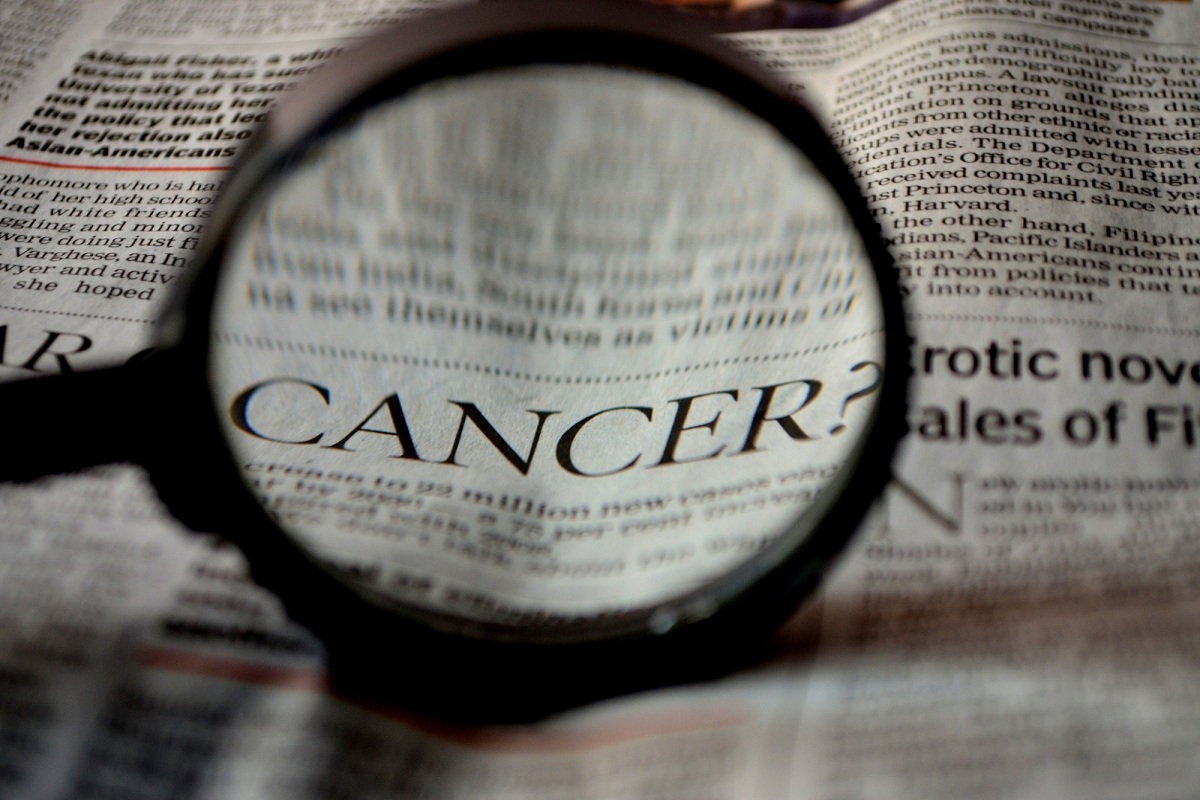Extensive efforts underway to prevent cancer: Saini
Haryana Chief Minister Nayab Singh Saini has said that cancer is a serious illness, but if its symptoms are detected early, treatment is possible.
Stanford researchers have developed a new method to reverse pancreatic cancer’s resistance to chemotherapy, an advance that may pave the way for new treatments.

Representational image (Photo: IANS)
Stanford researchers have developed a new method to reverse pancreatic cancer’s resistance to chemotherapy, an advance that may pave the way for new treatments.
Pancreatic cancer is often aggressive and difficult to treat and also has a poor survival rate, marred by a lack of distinct symptoms and screening tools needed to detect the disease in its initial stages.
Advertisement
In the study, published in the journal Nature Materials, the researchers revealed that the resistance is related to both the physical stiffness of the tissue around the cancerous cells.
Advertisement
“We found that stiffer tissue can cause pancreatic cancer cells to become resistant to chemotherapy, while softer tissue made the cancer cells more responsive to chemotherapy,” said Sarah Heilshorn, Professor of Materials Science and Engineering at Stanford University.
The finding may lead to “future drug development to help overcome chemoresistance, which is a major clinical challenge in pancreatic cancer”, she added.
The team focused their efforts on pancreatic ductal adenocarcinoma — a cancer that starts in the cells lining the ducts of the pancreas and accounts for 90 per cent of pancreatic cancer cases. In these cancers, the network of materials between the cells, known as the extracellular matrix, becomes notably stiffer. This stiff material acts as a physical block, stopping chemotherapy drugs from reaching cancerous cells, said researchers, noting treatments based on this idea have not been effective in humans.
In the study, the team developed a designer matrix system — where three-dimensional materials mimicked the biochemical and mechanical properties of both pancreatic tumours and healthy pancreas tissues. Using their new system, the researchers selectively activated certain types of receptors in the cancerous cells and adjusted the chemical and physical properties of their designer matrix.
In addition to a physically stiff extracellular matrix, the team found that high amounts of hyaluronic acid — a polymer that stiffens the extracellular matrix and interacts with cells through a receptor called CD44 — make pancreatic cancer resistant to chemotherapy. The researchers found that they could reverse this development by moving the cells to a softer matrix (even if it was still high in hyaluronic acid) or blocking the CD44 receptor (even if the matrix was still stiff).
Advertisement